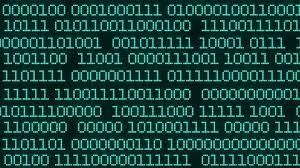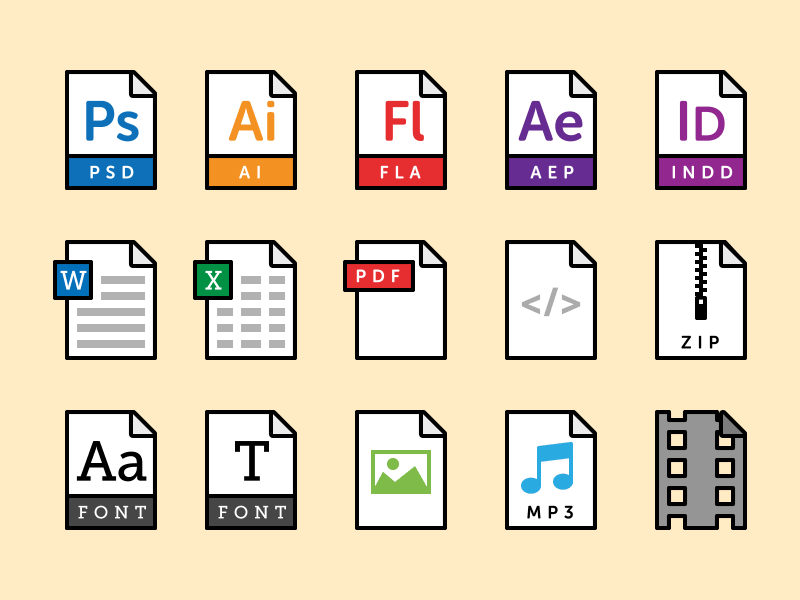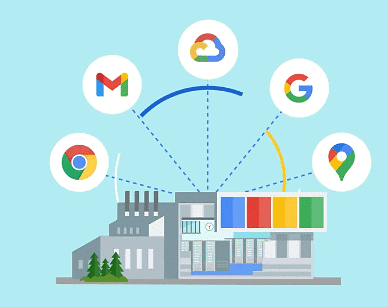How do digital devices store information? | Year 3 Computing PDF Download
| Table of contents |

|
| What Information Do Our Digital Devices Store? |

|
| What is binary? |

|
| How is binary used to represent other information? |

|
| Where can we store our data? |

|
What Information Do Our Digital Devices Store?
Our digital devices, which are machines or devices with a computer inside programmed for specific tasks, store a vast amount of information.
- Instructions: These are essential for the proper functioning of our devices.
- Software Applications: We use various applications on our devices for different purposes.
- Digital Content: This includes photos, videos, and other content that we create.
For example, when we open an app to view a photo we took or listen to a favorite song, the computer retrieves the stored information from its memory.

What is binary?
- What is Computer Memory: Computer memory is where information is stored for use.
- Binary Representation: Information in a computer is stored as 1s and 0s, known as binary.
- Binary System: Binary is a numerical system using only 0s and 1s.
- Base Two System: Binary is a base two system due to its use of two digits.
- Comparison with Base 10 System: The common number system we use daily is base 10, utilizing digits from 0 to 9.

How is binary used to represent other information?
Binary is a fundamental system used to represent various types of information in digital devices. Here's a breakdown of how this process works:
- When we store information like music, images, or text on our digital devices, it is converted into binary code.
- This binary code consists of combinations of 0s and 1s, which are the basic building blocks of digital data storage.
- Each piece of information is assigned a file name, indicating the type of file it is and which application should be used to open it.
Types of Files
There are various types of files that we commonly encounter:
- Text files: These contain written information such as documents, scripts, or code.
- Image files: These store visual data like photographs, drawings, or graphics.
- Audio files: Used for storing music, voice recordings, or sound effects.
- Video files: These contain moving images and accompanying audio.

File Processing
When we want to access a file, the respective application decodes the binary data back into a format that we can understand:
- For example, a music player app will convert binary data back into music that we can listen to.
- A word processing application will transform binary data into readable text.
- An image viewer will render binary data as visible images.
This process of encoding and decoding binary data happens seamlessly in the background, and users interact with the content in a familiar format without directly dealing with the underlying binary code.
Where can we store our data?

Memory Storage in Devices
- Computers, laptops, and tablets store information in their memory.
- A digital device may have memory that is:
- Inside the device
- On a removable storage device
- In the cloud
- Memory inside a digital device includes RAM (random access memory).
- RAM is used to store data for running programs but loses information when the device is turned off.
Storage Devices
- We can save information to:
- Internal hard drives: These are computer storage devices that store data on rotating magnetic surfaces.
- External hard drives: Similar to internal hard drives but are detachable.
- Memory sticks: Small devices that connect to computers for storing and copying data.
- Information stored on internal and external hard drives or memory sticks is retained even when computers are turned off.
The Cloud
- Some individuals opt to store their data in the cloud, a specialized computer with extensive storage capacity.
- It can host vast amounts of files from numerous users.
- Once data is in the cloud, it can be accessed globally with an internet connection.
|
13 videos|26 docs|8 tests
|
FAQs on How do digital devices store information? - Year 3 Computing
| 1. How do digital devices store information? |  |
| 2. What are some common ways digital devices store data? |  |
| 3. How does data get transferred between digital devices? |  |
| 4. Can data be lost on digital devices? |  |
| 5. How can data on digital devices be protected from loss? |  |



















